The River Thames
"Time is like a river made up of events which happen...
No sooner does anything appear than it is swept away,
and another comes in its place."
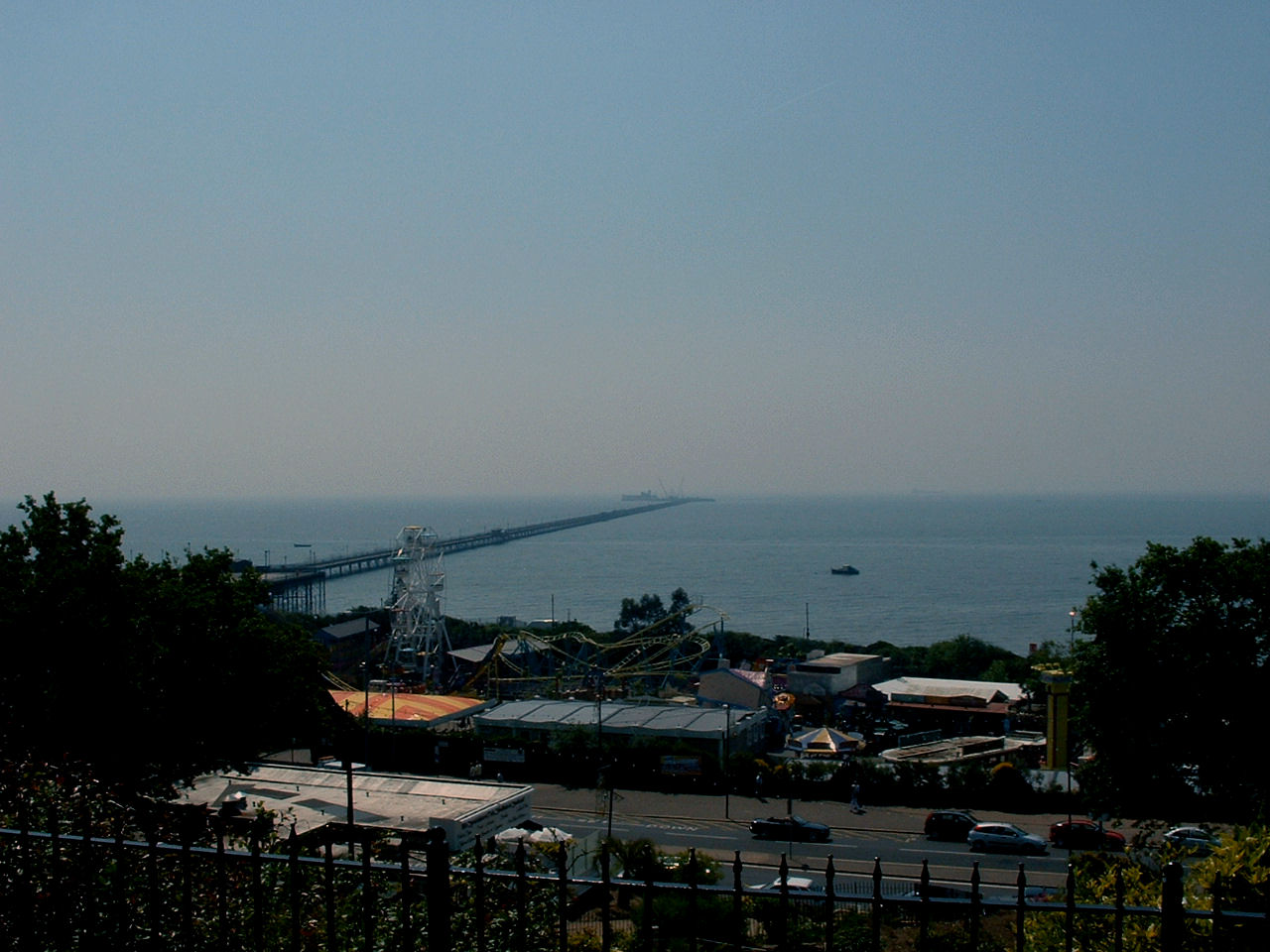
The River becomes the North Sea with the Thames estuary at Southend-on-Sea and the worlds longest pier
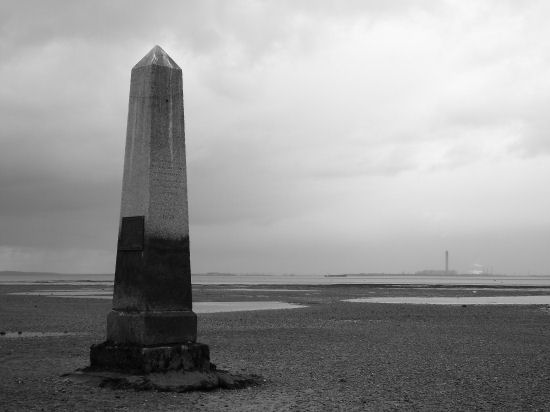 This boundary stone, known as the Crowstone, was erected in 1837 and stands on the shore of the Thames Estuary to mark the end of the River Thames. In the distance can be seen the chimney on Isle of Grain in Kent, now demolished
This boundary stone, known as the Crowstone, was erected in 1837 and stands on the shore of the Thames Estuary to mark the end of the River Thames. In the distance can be seen the chimney on Isle of Grain in Kent, now demolished
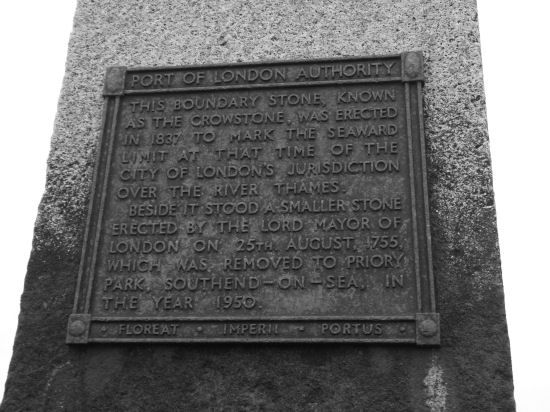
During the Pleistocene ice age the River Thames flowed about six miles north of its present course, and opened to the north sea at Clacton. Before the north sea appeared, Europe was one land mass and the Thames was a tributary of the River Rhine. At the end of the ice age the river found a new course through what is today central London.
The fact that London is here at all is due to the river and the North Sea, making it possible to become a trading post for the rest of Europe. The Romans decided to build their city centre on the north side of the river on the hills around present-day Cornhill. If you walk along East Cheap through Cannon Street to Queen Victoria Street you can see on your left the steep hills that lead to the Thames.
If you cross the river and do the same walk on the south side you will see how flat the land lies along this side of the Thames.
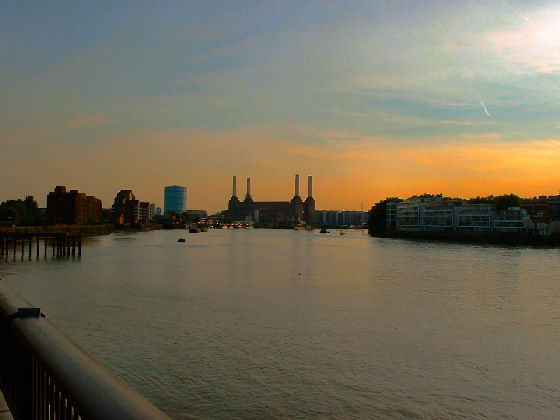
With the Battersea Power Station dominating the Battersea bend of the river.
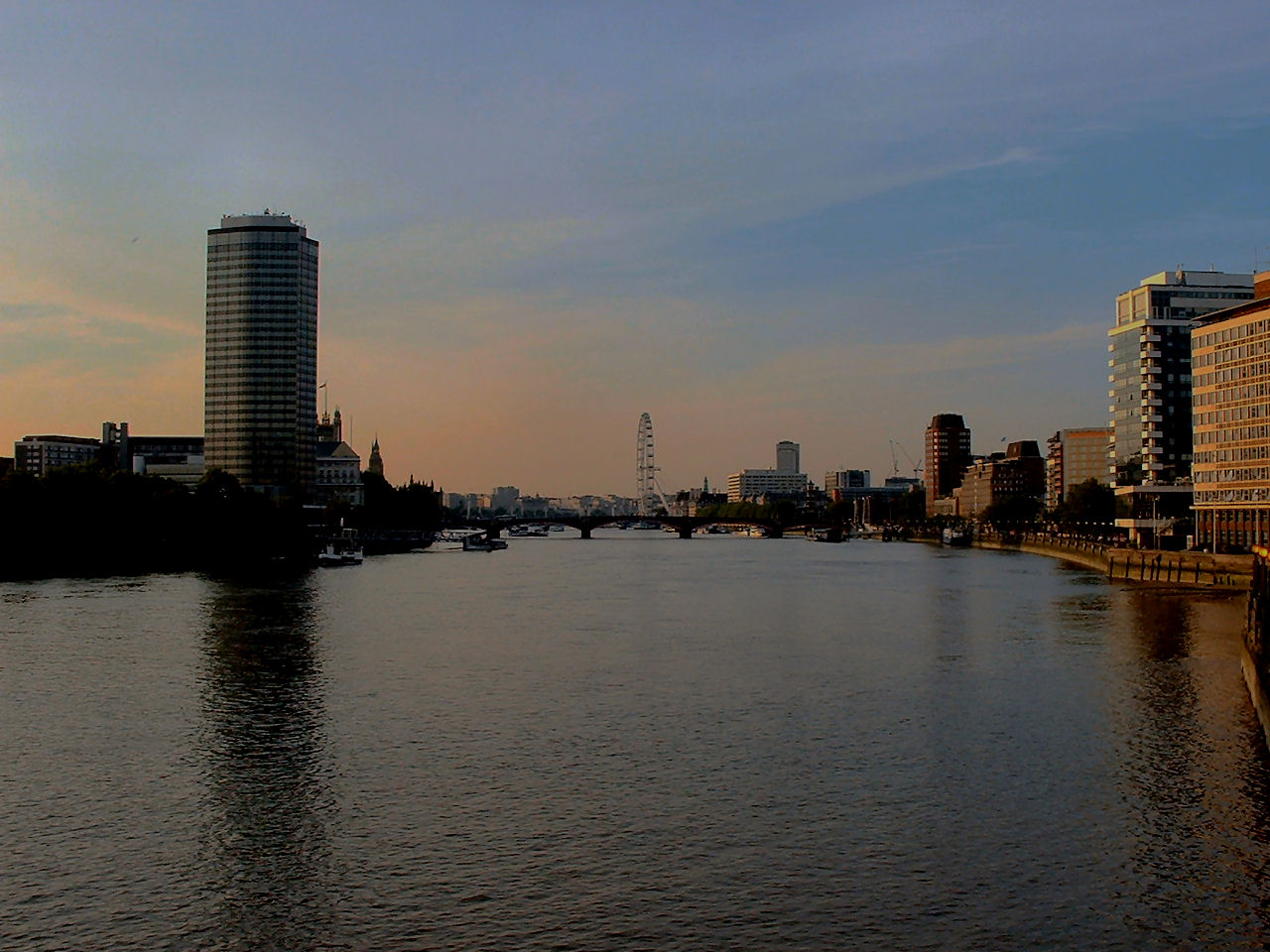
Millbank Tower on the left, the London eye in the centre and the place known as Old father Thames with the Riverbank Park Plaza hotel being the new building on the right.
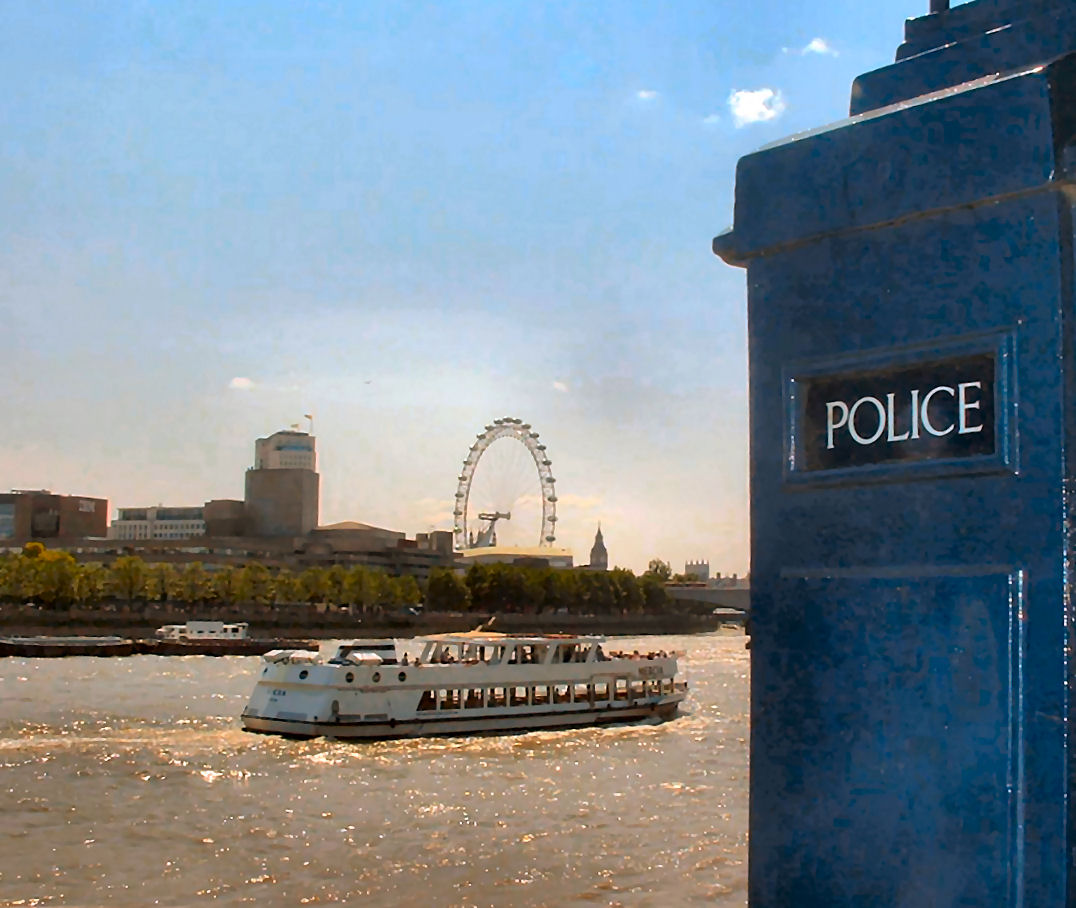
A disused broken police box that has kept a looked out for many a year from the Victoria Embankment, over a river that has seen many changes in river traffic and the London skyline.

HMS Belfast in service throughout the Second World War, playing a vital role in the destruction of the battle cruiser Scharnhorst, and also being deployed during the Normandy Landings. Retired from active service with the Royal Navy in 1965 and now enjoying retirement on the River Thames near Tower Bridge.
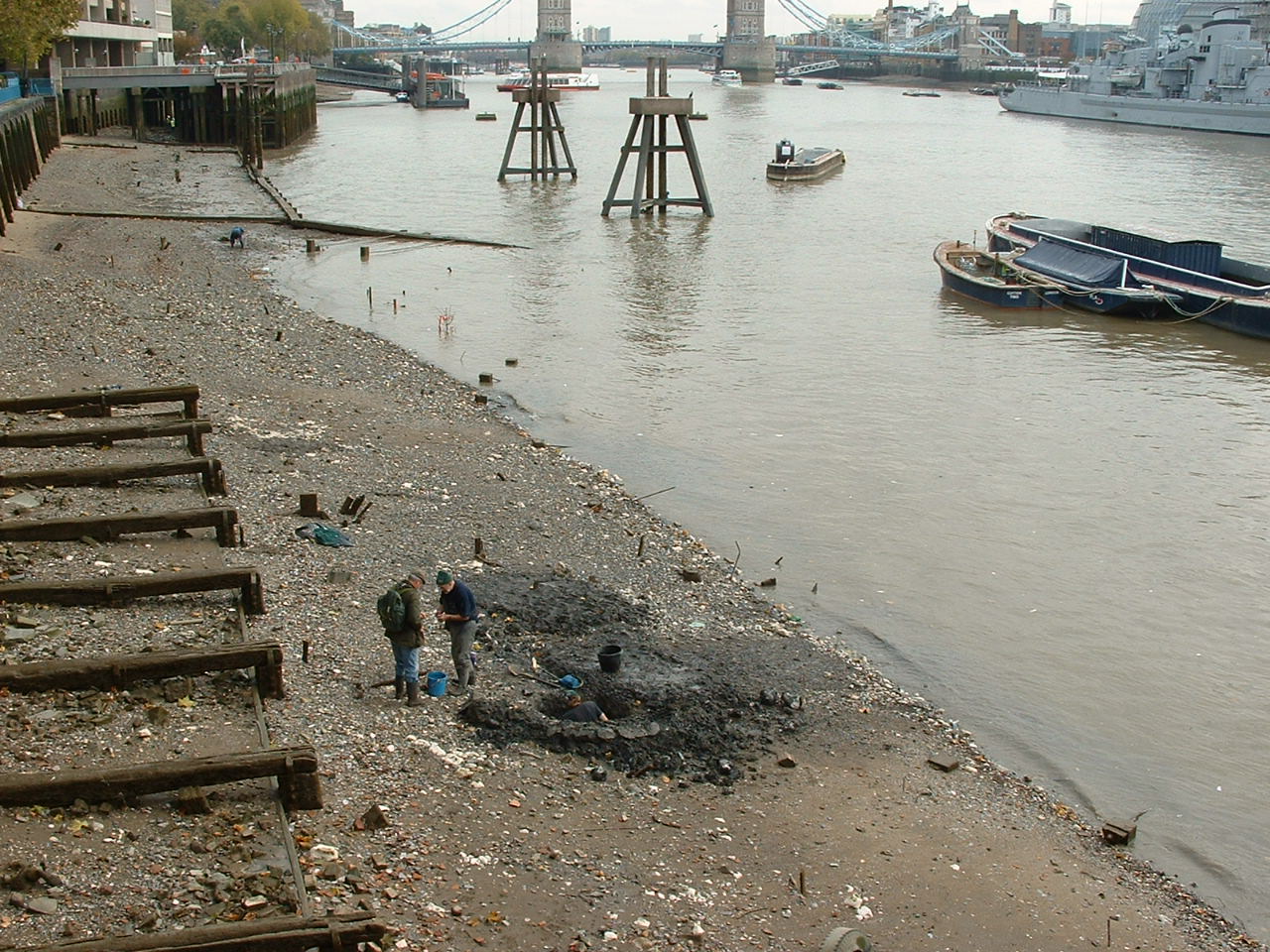
Members of the London-based Society of Thames Mudlarks are constantly digging the Thames for historic remains, with any treasures being the property of the Museum of London. The name mudlarks go back to the Victorian age when both young and old would look along the Thames shoreline for old bits of coal and other items that may have fallen from barges into the Thames.
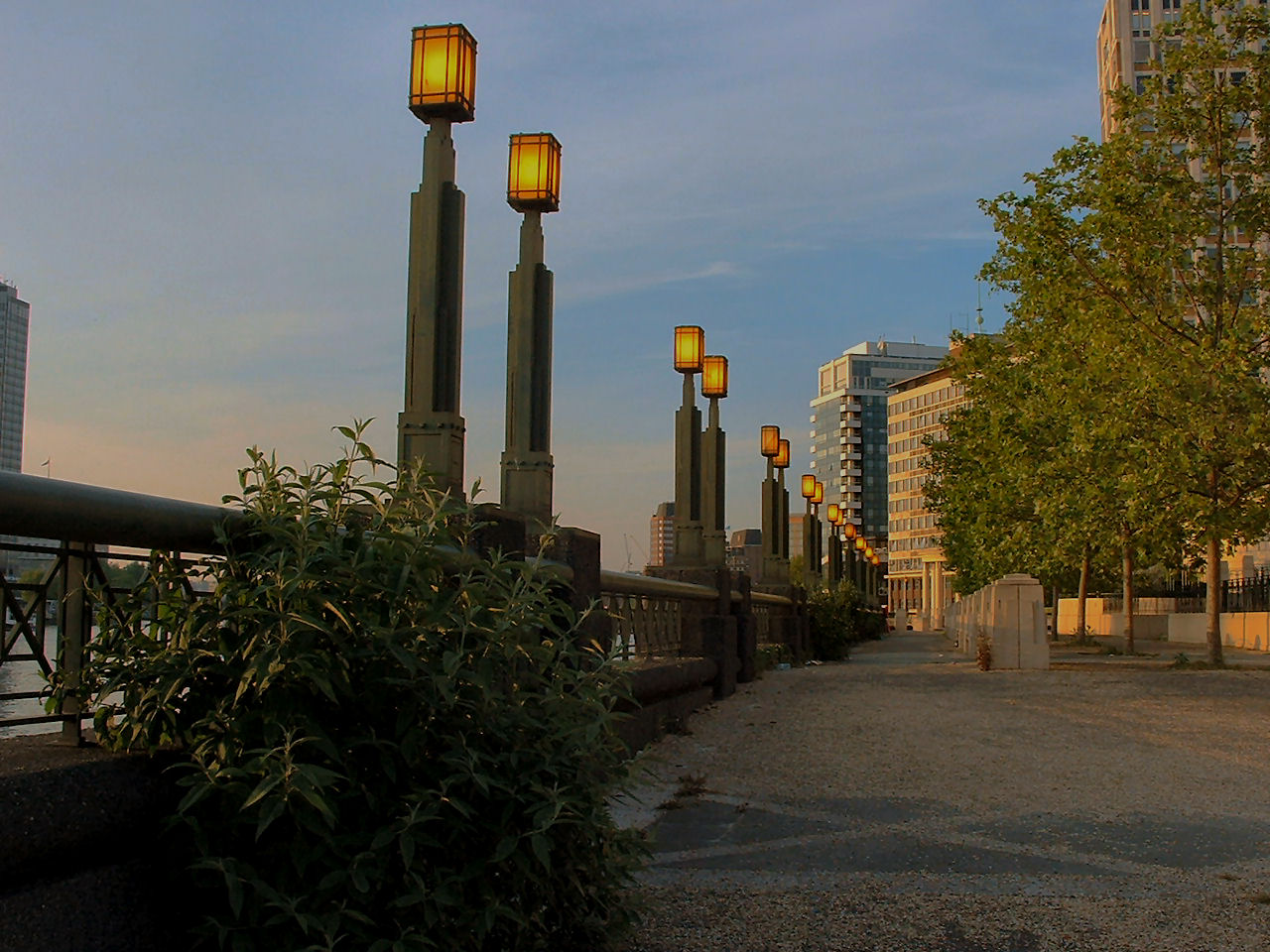
With the Thames pathway making some enjoyable river walks alongside of these lovely Art Deco lampposts near the Albert Embankment.
London Time

Follow Us
The contents of this website are the property of knowledgeoflondon.com and therefore must not be reproduced without permission. Every effort is made to ensure the details contained on this website are correct, however, we cannot accept responsibility for errors and omissions.
© Copyright 2004 -
Contact Us | Advertise